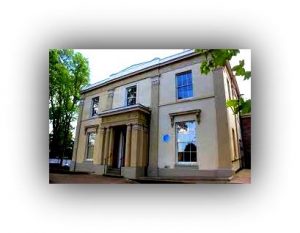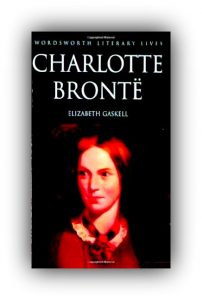 Her house on Plymouth Grove remained in the Gaskell family until 1913. http://www.elizabethgaskellhouse.co.uk/ In 2004 it was acquired by the Manchester Historic Buildings Trust, and its exterior renovations were completed in 2011. Now Elisabeth waiting for you, because the house is open to the public. She was encouraged by her father in her studies and writing, and her aunts gave her the classics to read. She was courageous and progressive in her style and subject matter, and often framed her stories as critiques of Victorian attitudes. Often referred to as Mrs Gaskell, she was an English novelist during the Victorian era, and was the youngest of eight children.
Her house on Plymouth Grove remained in the Gaskell family until 1913. http://www.elizabethgaskellhouse.co.uk/ In 2004 it was acquired by the Manchester Historic Buildings Trust, and its exterior renovations were completed in 2011. Now Elisabeth waiting for you, because the house is open to the public. She was encouraged by her father in her studies and writing, and her aunts gave her the classics to read. She was courageous and progressive in her style and subject matter, and often framed her stories as critiques of Victorian attitudes. Often referred to as Mrs Gaskell, she was an English novelist during the Victorian era, and was the youngest of eight children.
Elizabeth Cleghorn Gaskell was born in a September day, 1810, and her novels offer a portrait of the lives of many strata of her society times. Her first novel was published in 1848. Much of her childhood was spent in Cheshire (where she lived with her aunt Hannah Lumb in Knutsford) http://www.visitcheshire.com/ On August 1832, she married William Gaskell, and they spent their honeymoon in North Wales. Starting by 1835, he began a diary (documenting the development of her daughter Marianne).
In 1841 she travelled in Germany, where German literature came to have a strong influence on her stories. In 1850 she wrote to Charles Dickens asking for advice (about assisting a girl whom she had visited in prison). In 1855 Patrick Brontë asked she to write a biography of his daughter Charlotte (The Life of Charlotte Brontë was published in 1857) https://www.amazon.com/Life-Charlotte-Bronte-Penguin-Classics/dp/0140434933 Some of her favourite British destinations were North Wales, the Lake District and Silverdale in Lancashire. She had an exceptionally busy and active family and social life, and was still engaged in many works of charity.
 Meeting Benches World art in all forms
Meeting Benches World art in all forms







